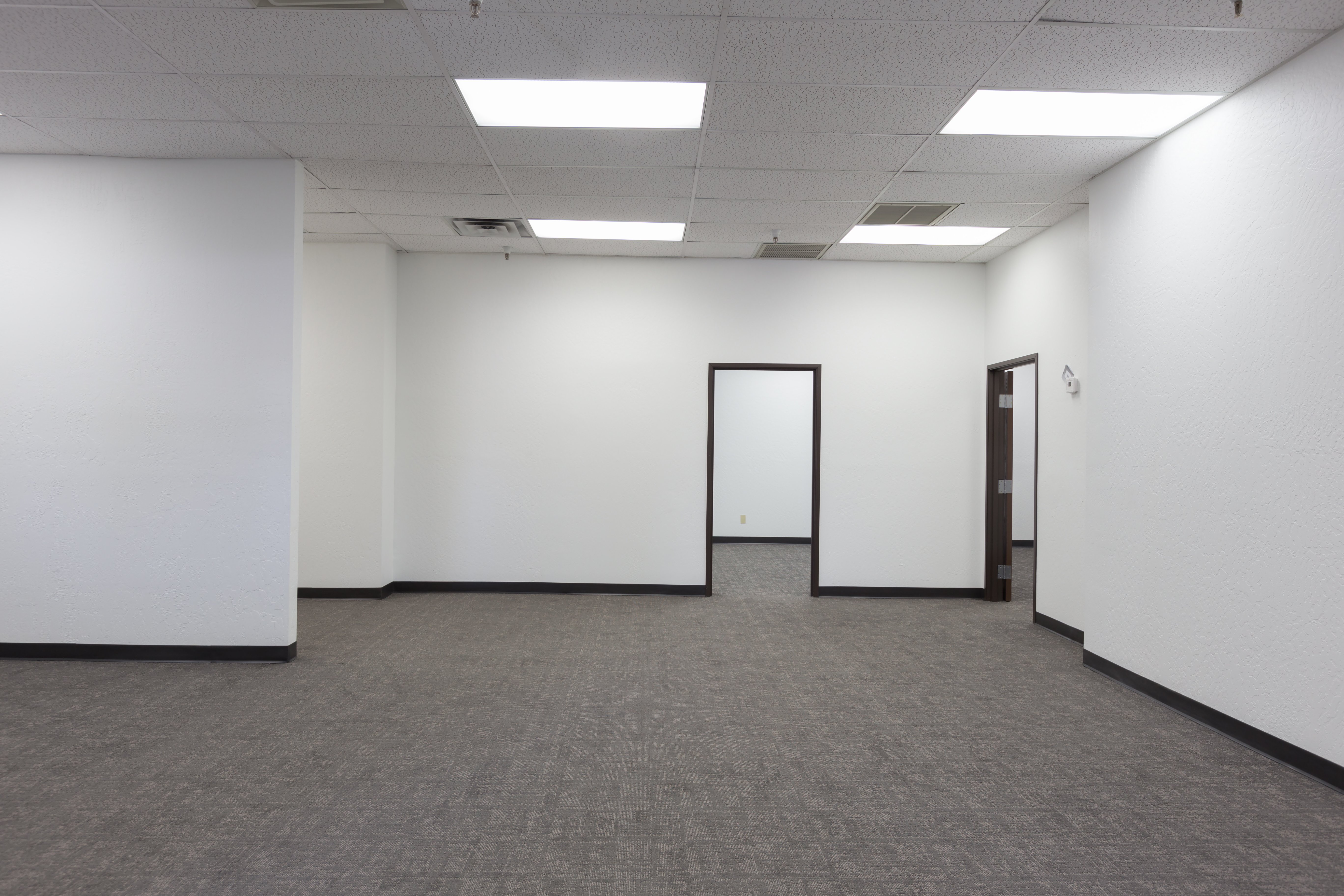In an earlier blog, we discussed reporting metrics that convey overall space reduction progress. One such metric is a comparison of space and saving rent.
Space and Rent Reduction in Federally Owned Facilities
Generally speaking, a smaller space footprint should yield less rent. For example, if a family downsized their home, moving from a 4,000-square-foot single-family dwelling into a 1,500-square-foot condo, it is logical to expect the monthly mortgage payments to decrease. This principle is an appealing part of space reduction.
However, it’s not quite that simple. If GSA is your landlord, you may find that your rental costs stay the same despite a decrease in space or even go up instead of saving rent. This blog examines three reasons why the rent may not decrease, along with a reduction in square footage.
Less Space Does Not Equal Saving Rent
Moving to a More Expensive Building. No two buildings are the same, and this is especially true when comparing rental rates. An appraisal sets GSA rental rates like your home being appraised by analyzing recent sales of similar properties. While this means that landlords of Class A commercial real estate in the same vicinity should charge a similar rental rate, it is not uncommon to see a higher rent per square foot cost in federally owned buildings than nearby leased facilities, which can keep an agency from saving rent.
comparing rental rates. An appraisal sets GSA rental rates like your home being appraised by analyzing recent sales of similar properties. While this means that landlords of Class A commercial real estate in the same vicinity should charge a similar rental rate, it is not uncommon to see a higher rent per square foot cost in federally owned buildings than nearby leased facilities, which can keep an agency from saving rent.
Another hidden cost of moving into a federal building is security. All federal tenants pay a basic security fee to the Department of Homeland Security (DHS) - currently $0.74 per rentable square foot. However, DHS collects a building-specific fee in many federally owned facilities ranging from $0.02 to more than $5.00 per rentable square foot.
Consider this example: your agency moves from a 20,000-square-foot leased facility paying $12 per square foot and the basic security fee of $0.74 into a smaller footprint of 14,000 square feet. This new location is in a federal building where the rental rate is $14 per square foot, and the security fee is $4.74 (an introductory fee of $0.74 plus a $4 building-specific fee). That 6,000-square-foot decrease in space that appeared to be saving rent just cost an additional $7,500!
Appraisals and Other Adjustments. Much like an adjustable-rate mortgage, which fluctuates every few years due to market conditions, GSA re-appraises its properties every five years. Therefore, even if your office is the same size, the rent can increase after an appraisal when your occupancy agreement is due.
The same logic holds for operating costs. Many organizations don’t realize that utility costs are not based on the actual amount of utilities an agency uses. Instead, GSA sets the utility costs by appraisal. Based on the assessment, GSA charges the same amount for utilities on a square foot basis to all tenants in a building.
Thus, while turning off the lights as you leave the office may be good for the environment, it’s not immediately lowering your agency’s energy bill. Appraisals and operating cost rate changes can increase rent significantly even if an agency hasn’t increased its space footprint.
Exclusions. When developing a space reduction strategy, many agencies excluded space changes due to projects already in the pipeline. Even though these projects are excluded from being counted in the space footprint, they still cost money and can increase the overall rent. Also, don’t forget that GSA charges rent on a rentable per-square-foot basis.
If GSA changes the building’s R/U factor or performs a space re-measurement, you would have likely excluded that space change from your space reduction strategy because your organization did not increase or decrease its footprint. However, those seemingly minor GSA adjustments can affect the bottom line. While your agency might not have increased its footprint, your rental payments could experience an increase.
Tracking and reporting the decrease in rent from your space reduction program is more complex than it seems. These issues we have described are easily managed with knowledge of the rental process and careful tracking of space and rent.










.jpg)


.jpg)
.jpg)
-1.jpg)
.jpg)
.jpg)
.jpg)
.jpg)
.jpg)

